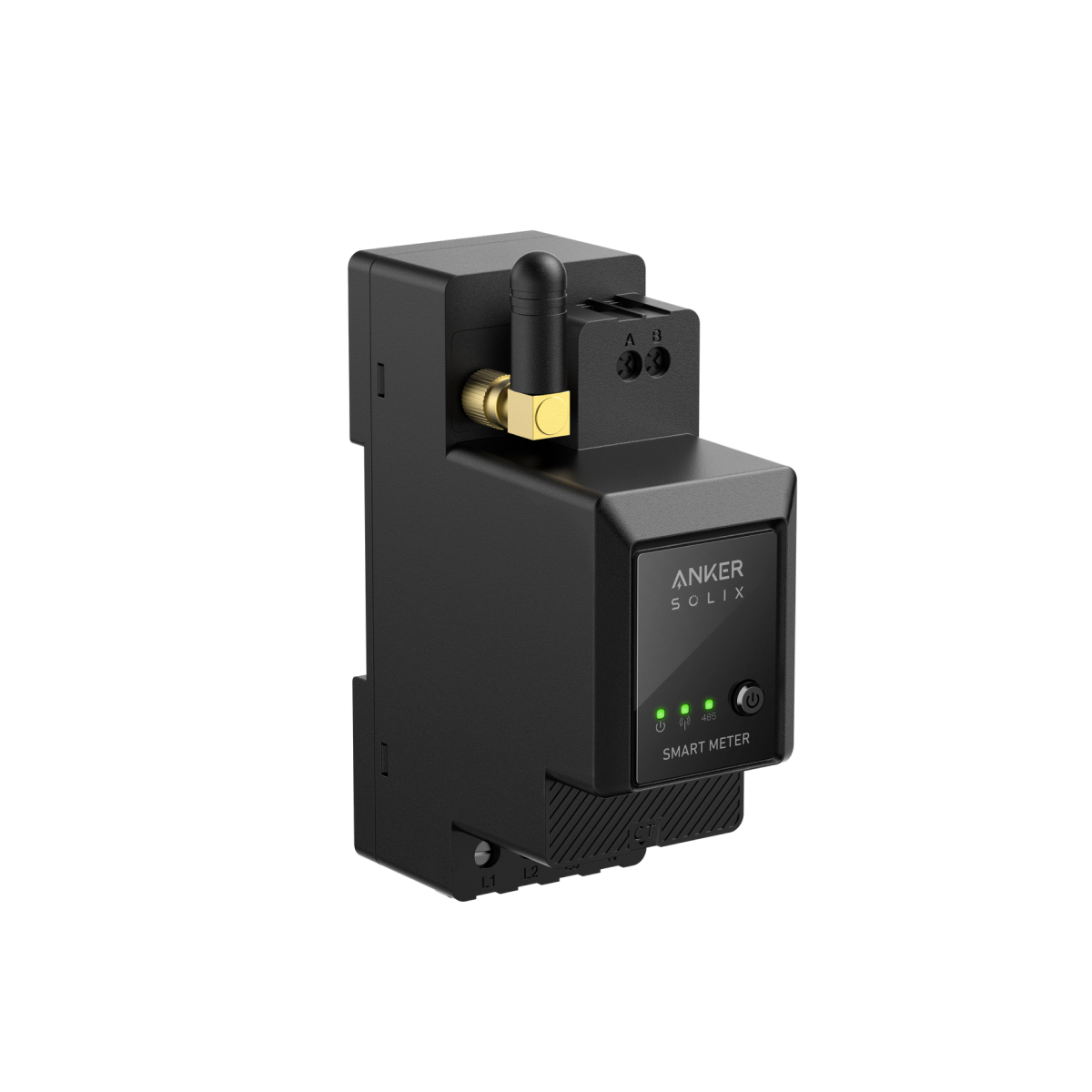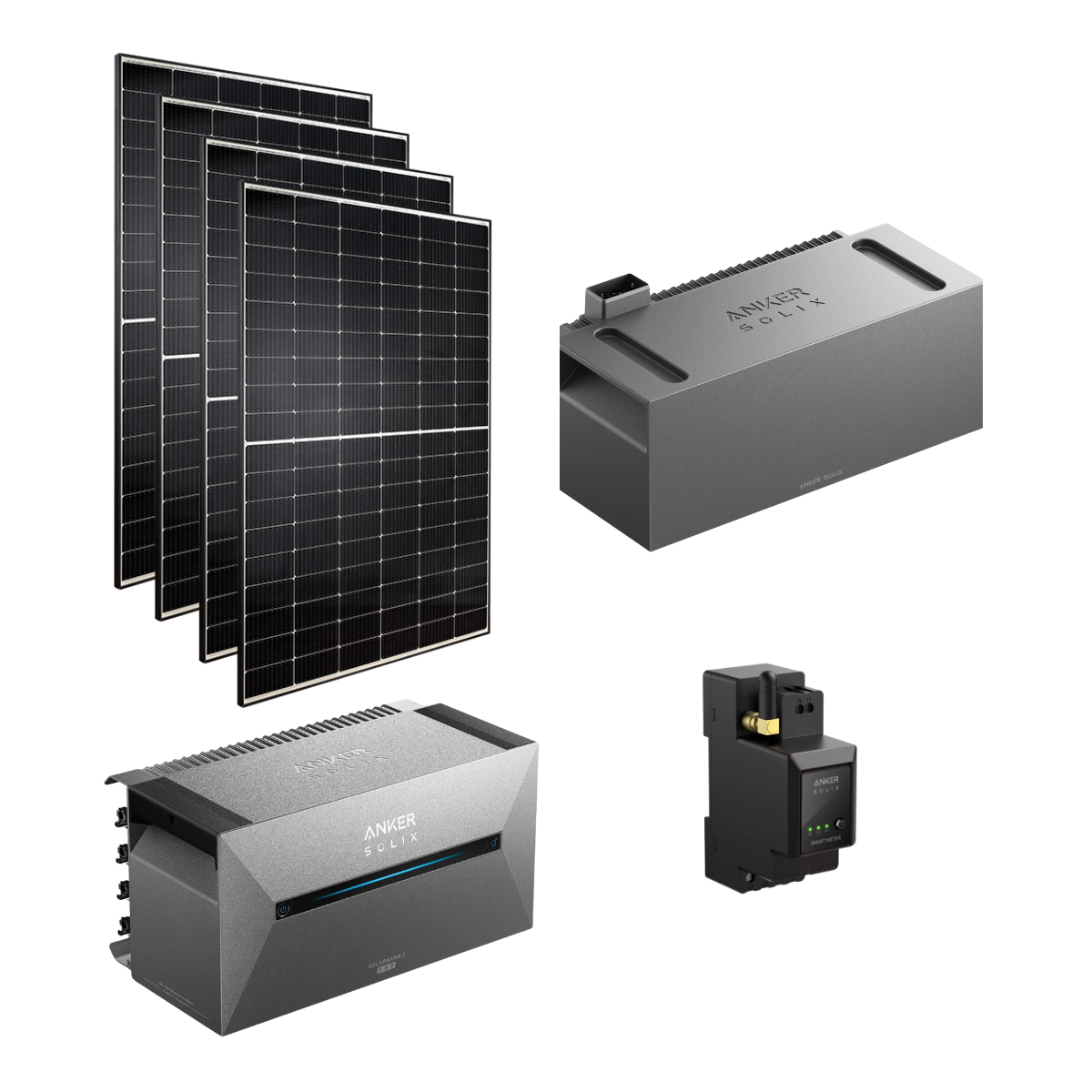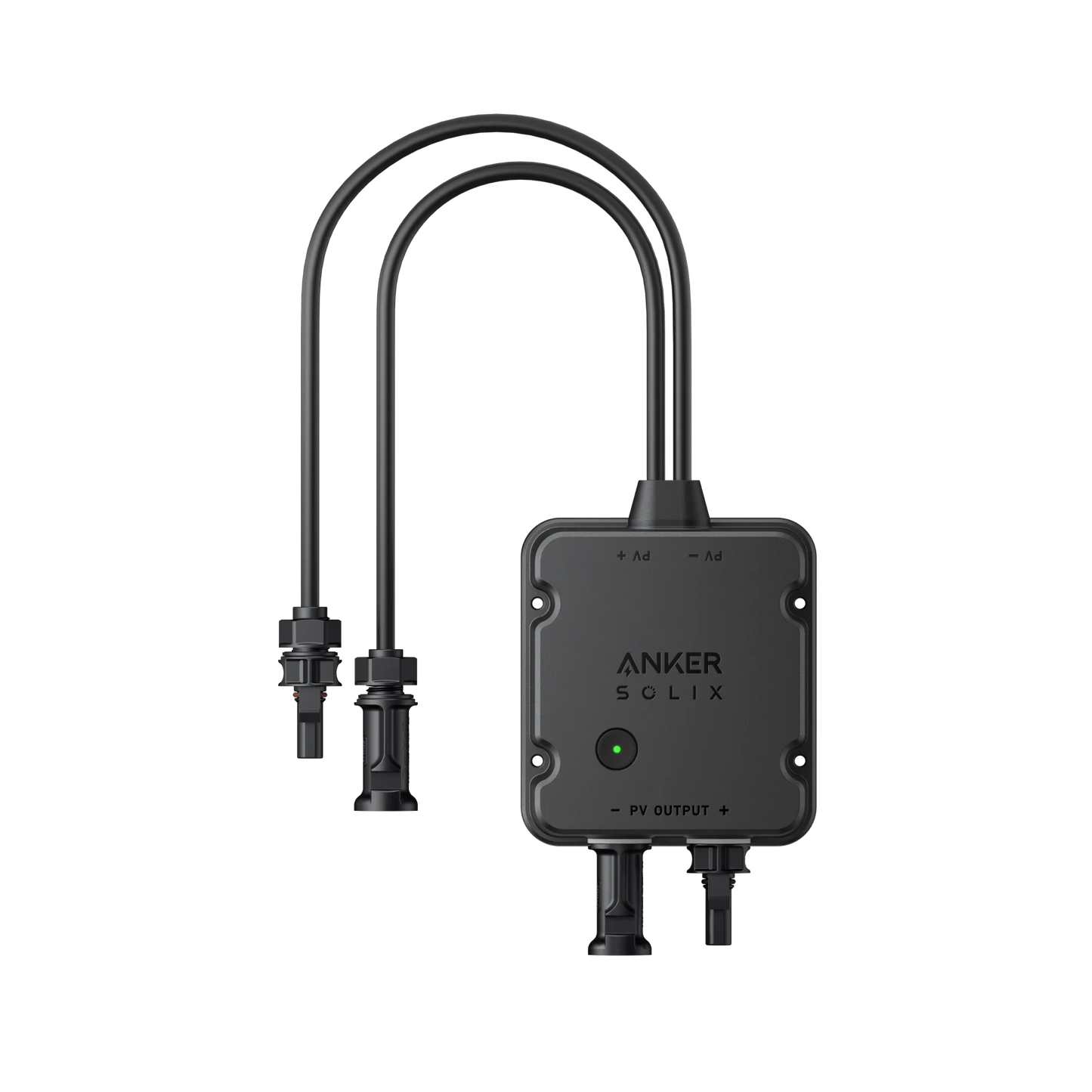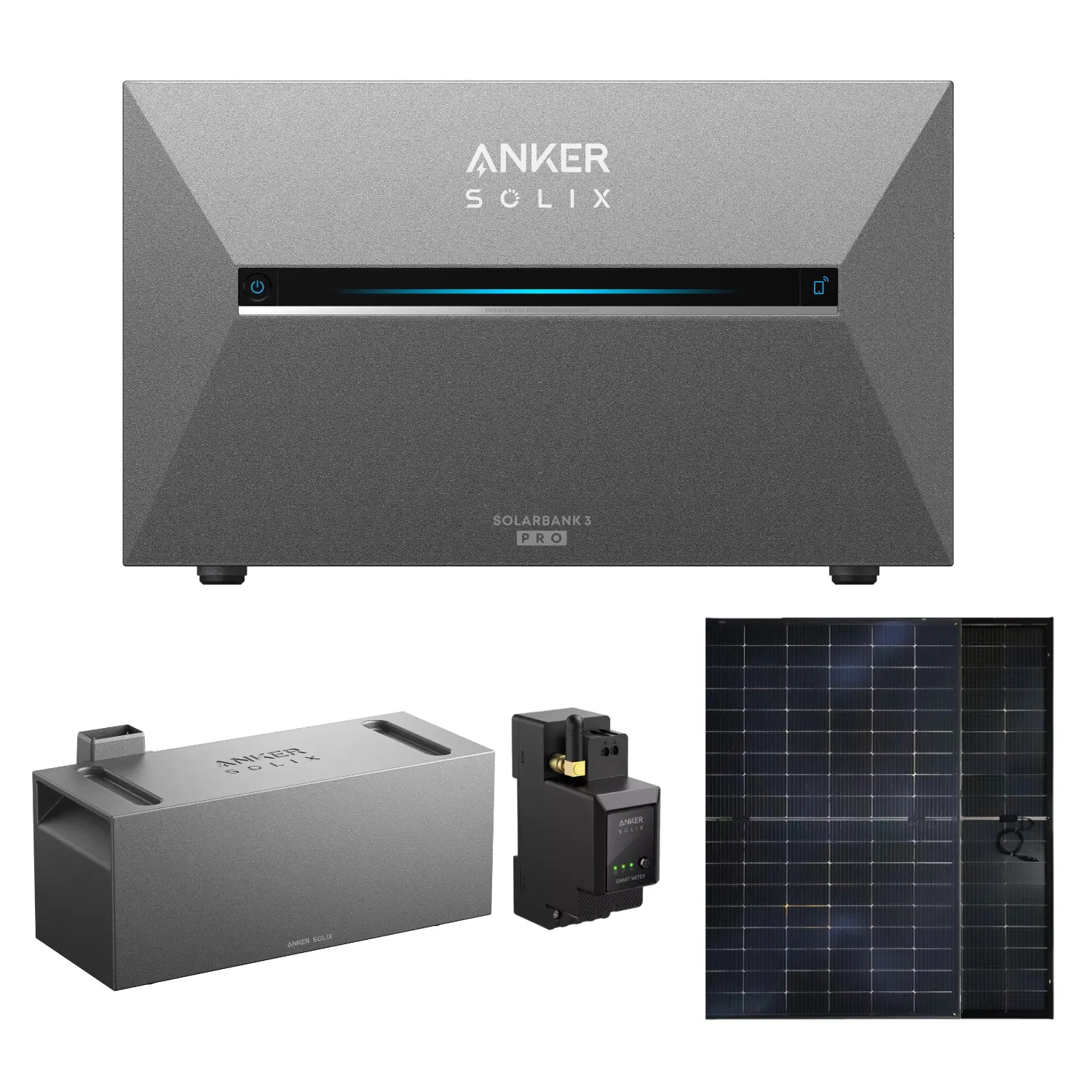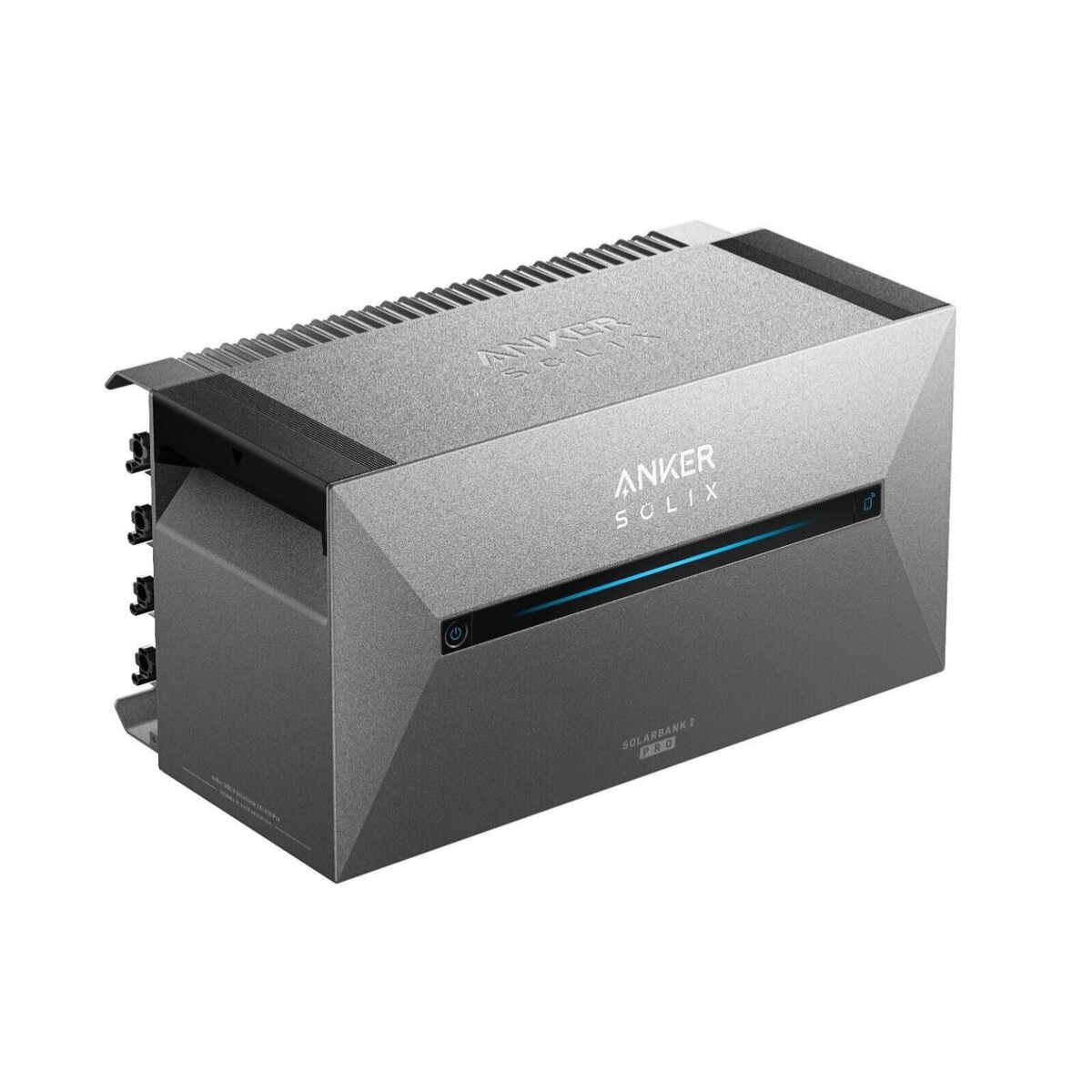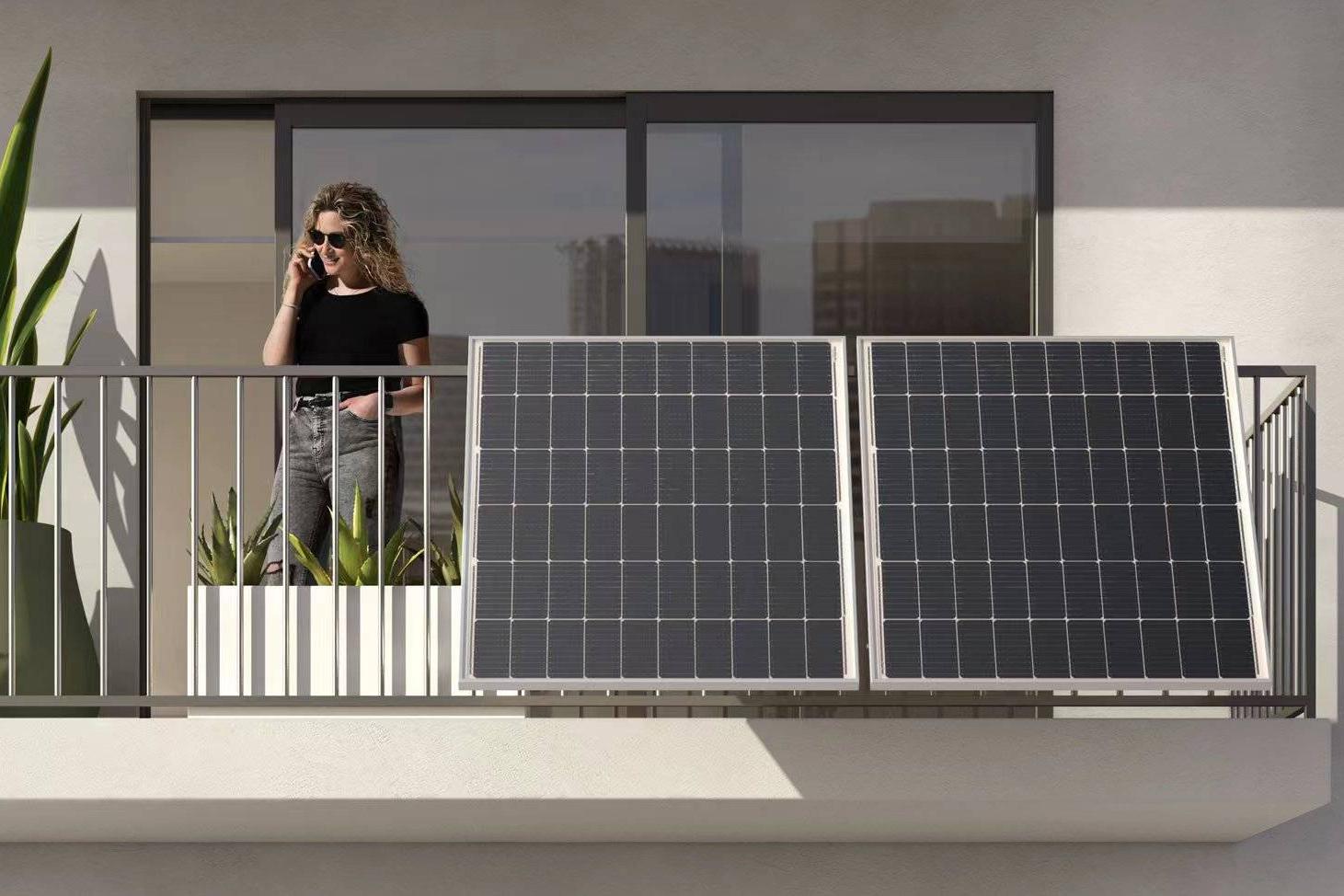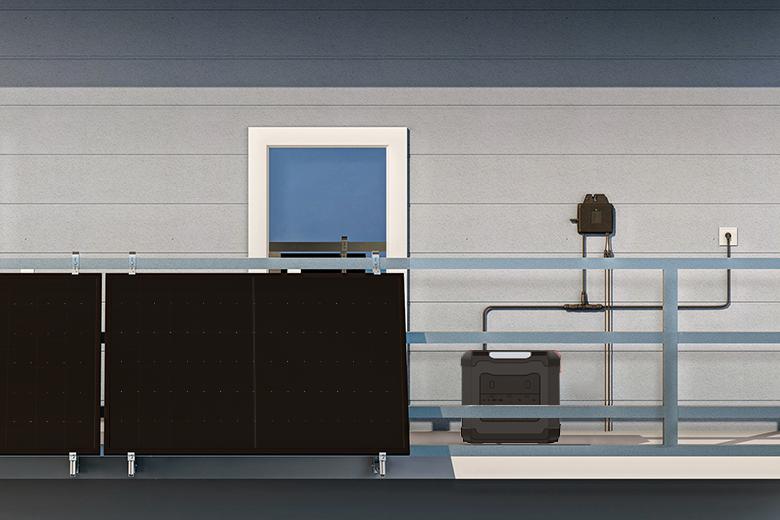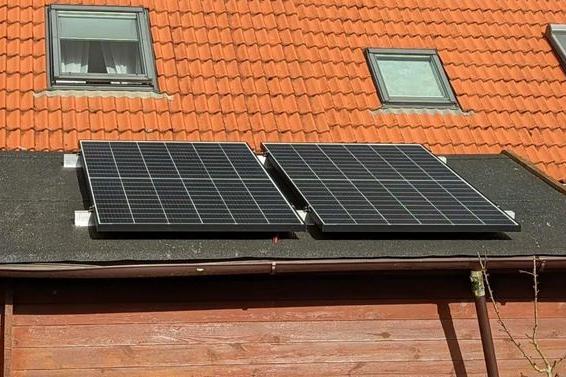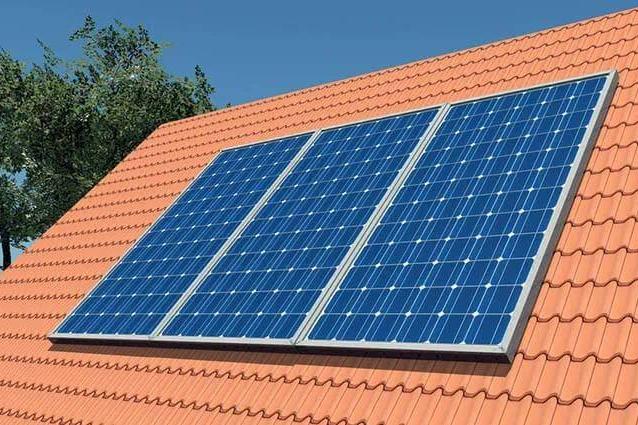Blog & News
Current electricity costs and electricity price development 2024
Rising electricity costs are putting a strain on households in Germany, and there's no relief in sight for 2024. This guide provides you with the current electricity price for September 2024. We also show you where prices are headed and how you can save on electricity costs.
How much will a kilowatt hour of electricity cost in 2024?
One kilowatt hour of electricity will cost 28 cents for new customers in September 2024. This price is based on a new contract and an electricity consumption of 4,000 kWh. Existing customers currently pay an average price of 41.35 cents per kilowatt hour for the basic supply tariff.
Electricity costs by household size
At an electricity price of 28 cents per kWh, the average household's annual electricity costs are between €672 and €1,400. If electric water heating is added, the costs rise to €756 to €1,764. Photovoltaic water heating is particularly suitable for reducing electricity costs.
| Household size | annual electricity consumption | Electricity costs | Electricity consumption with electric water heating | Electricity costs |
| 1 person | 2,400 kWh | 672 € | 2,700 kWh | 756 € |
| 2 people | 3,000 kWh | 840 € | 3,500 kWh | 980 € |
| 3 people | 3,600 kWh | 1.008 € | 4,500 kWh | 1.260 € |
| 4 people | 4,000 kWh | 1.120 € | 5,100 kWh | 1.428 € |
| 5 people | 5,000 kWh | 1.400 € | 6,300 kWh | 1.764 € |
Electricity price development until 2024 in Germany
Electricity prices for new customers will be around 2 cents higher in September 2024 than in August 2024. However, compared to exactly one year ago, costs have fallen by 7%. Prices are now back at the same level as in September 2021.
Forecast: How will electricity costs develop in 2024?
By the end of the year (2024), electricity costs will continue to rise by approximately €60 per 1,000 kilowatt hours. This trend always persists as winter approaches. Contrary to initial statements by the federal government, electricity costs did not decrease in 2024, but remained stable at 25 to 28 cents per kWh. The government's goal was to relieve consumers of the higher grid expansion costs. Ultimately, however, the transmission system operators will increase grid fees.
How are electricity prices calculated?
In 2024, the electricity price will consist of taxes, grid charges, metering costs, and procurement and distribution costs. The following chart shows the distribution of these components for an average household in Germany.
How can I save on electricity costs in 2024?
There are several options you can use to save on electricity costs in 2024.
Compare prices, change electricity provider
You can reduce your electricity costs by switching your electricity provider. Price differences between providers can sometimes be enormous. Consumption is an important factor. For example, in 2023, the price per kilowatt hour ranged from 45.20 cents (for consumption of less than 1,000 kWh per year) to 32.70 cents (for consumption between 2,500 and 5,000 kWh per year). The base rate also varies from year to year.
Reduce electricity consumption
Every household has appliances that consume a significant amount of electricity. These include heating, refrigerators, ovens, washing machines, dryers, and dishwashers, which account for the largest share of electricity consumption. You can reduce electricity consumption by replacing these appliances with more efficient and energy-saving ones.
However, replacing a device isn't always possible. However, there are other ways to reduce power consumption.
Place household appliances correctly
Place appliances like refrigerators, washing machines, and dryers in a cool, shaded area. Leave enough space between appliances and other furniture and the wall. This prevents heat buildup and saves energy. Reduce the screen brightness of your TV when it's in the shade.
Use power saving mode
Most devices today have an eco or energy-saving mode. Use it whenever possible. Also, if available, use the auto-standby function on televisions. This automatically turns the TV off when not in use.
Use multiple sockets
Power strips with built-in toggle switches are convenient for easily turning off all devices. They consume unnecessary power even in standby mode. Chargers that aren't connected to a device also constantly consume energy. They shouldn't be turned on when not in use.
Reducing electricity consumption is one way to reduce electricity costs. Additionally, a PV system is an excellent option for lowering electricity costs, especially if you have high self-consumption.
PV system
With a well-planned photovoltaic system, the investment costs will pay for themselves within 10 to 15 years. The lifespan of a PV system is approximately 30 to 40 years. This means that after the PV system has paid for itself in 10 or 15 years, it will continue to produce affordable electricity for another 20 to 30 years.

